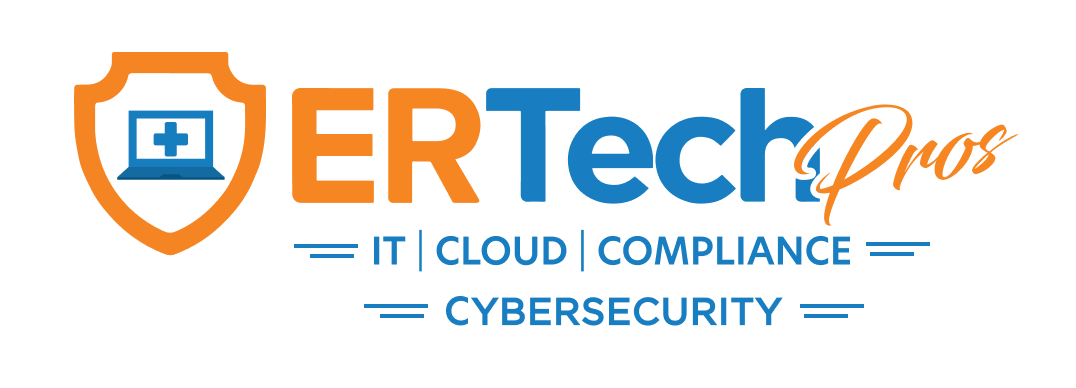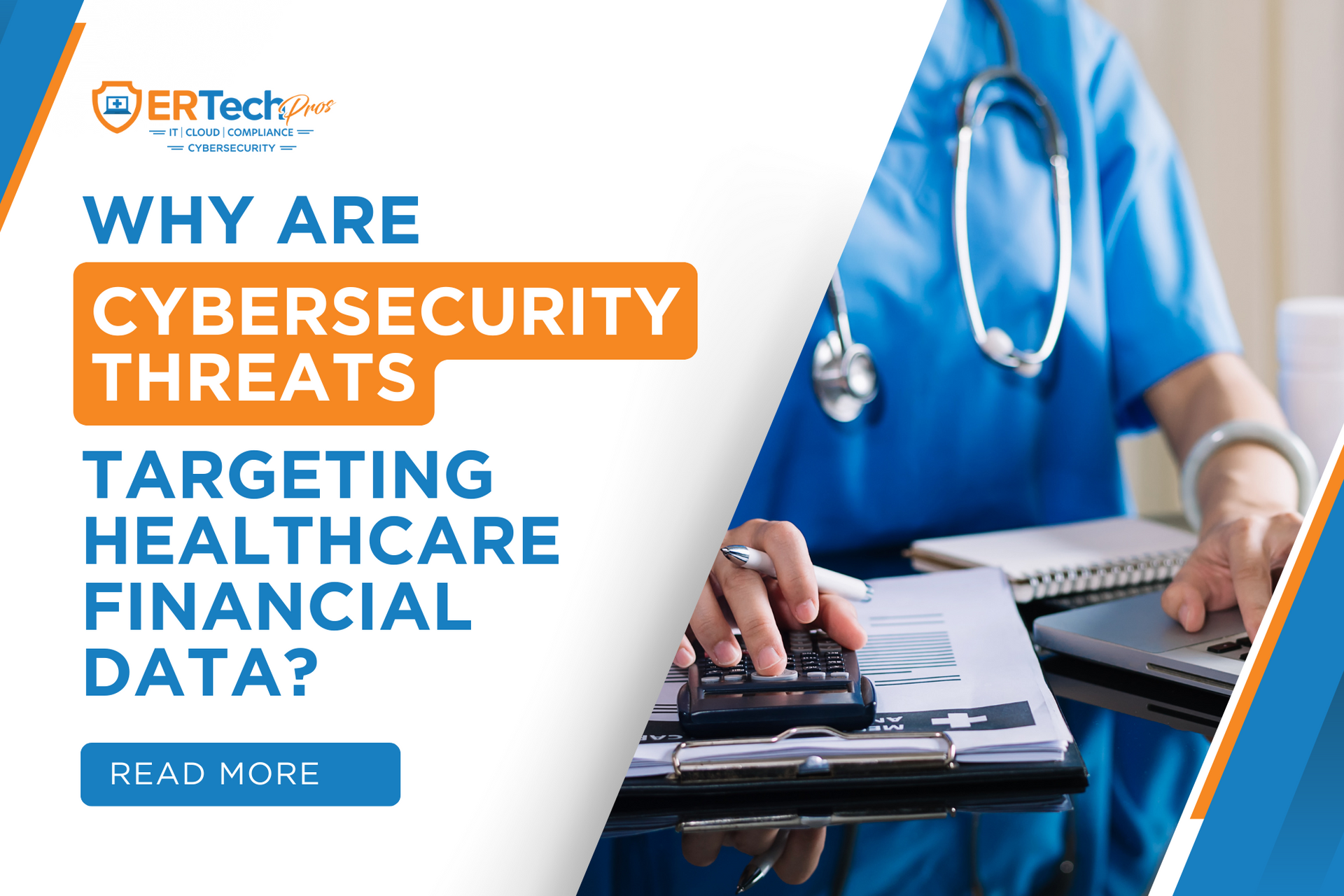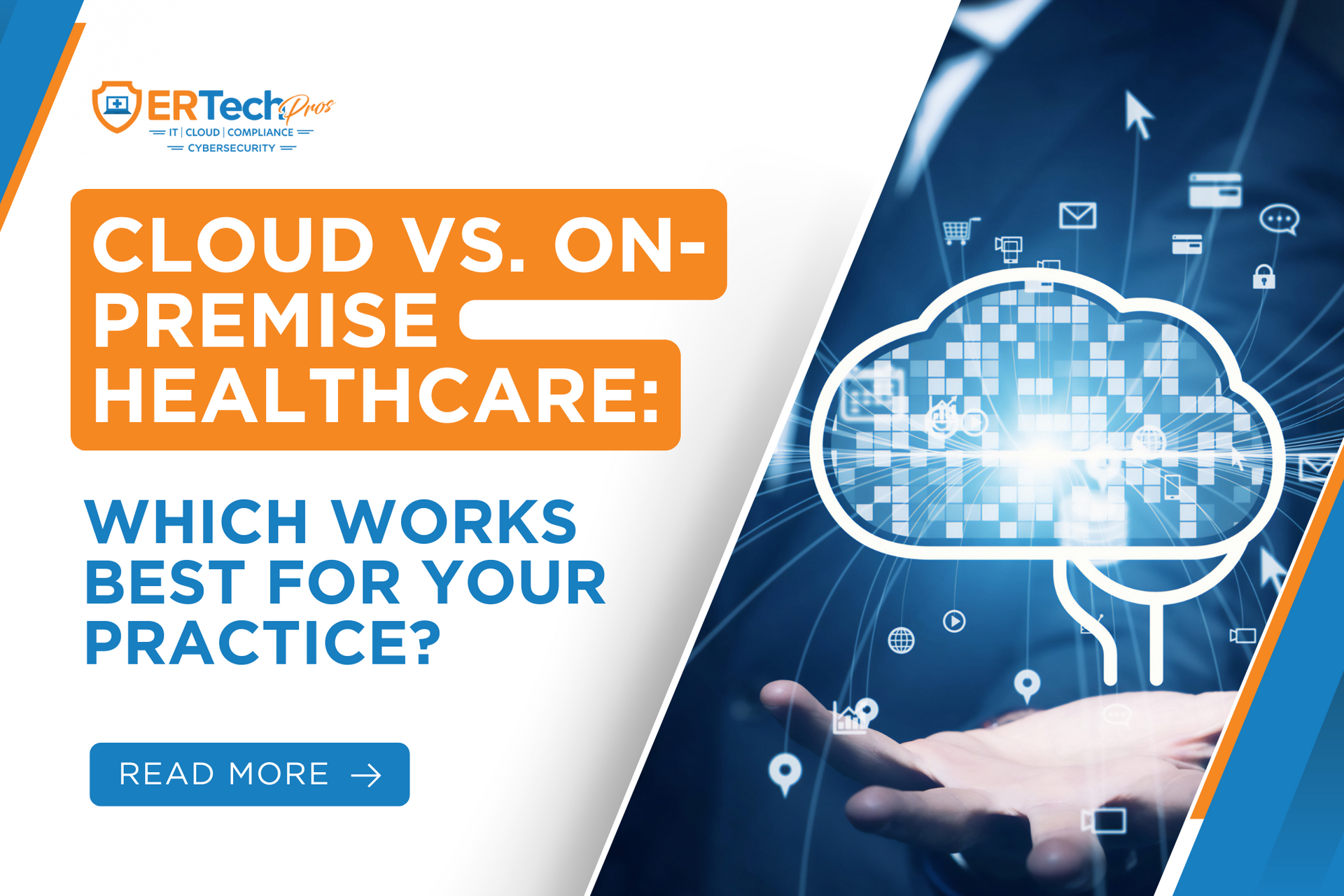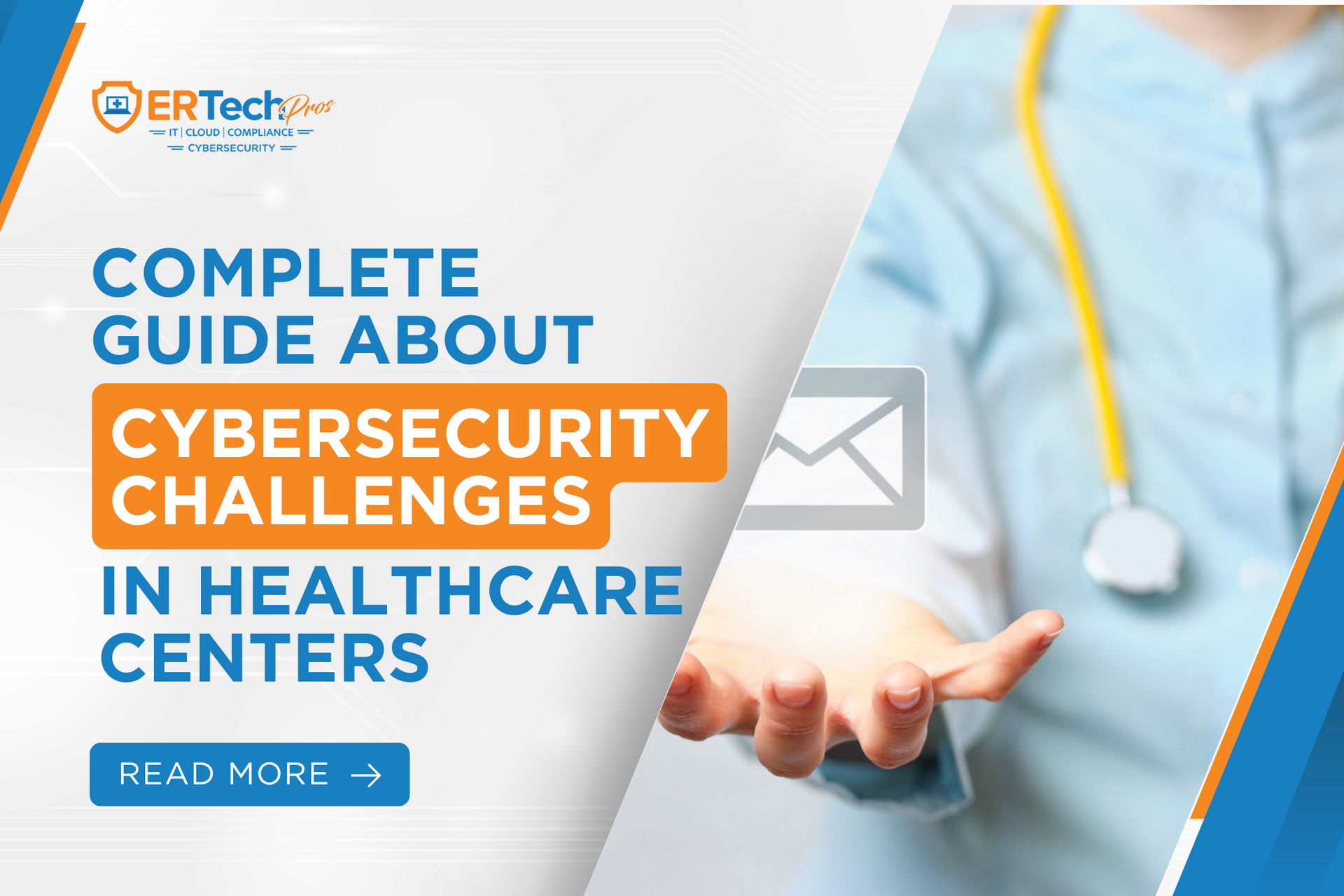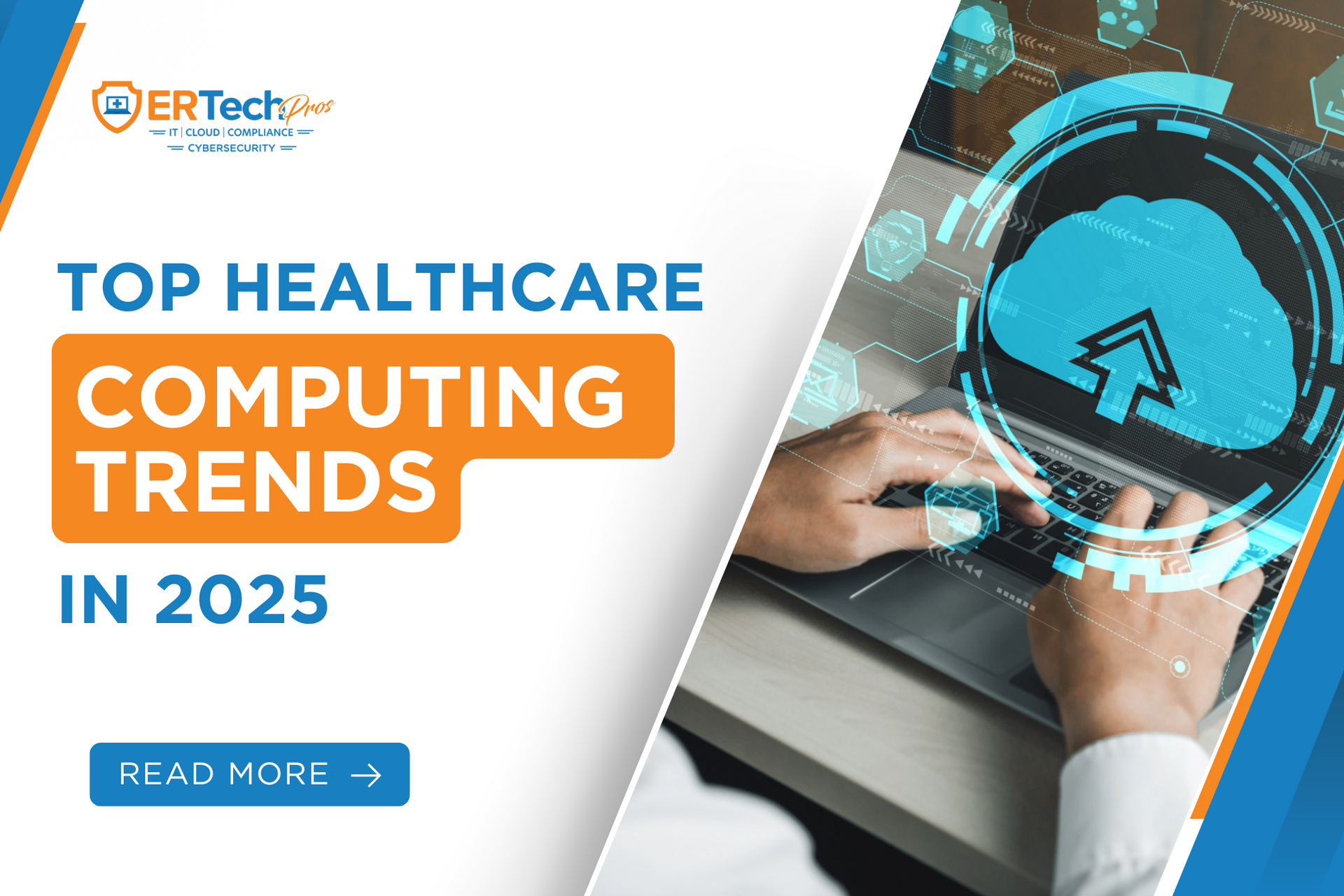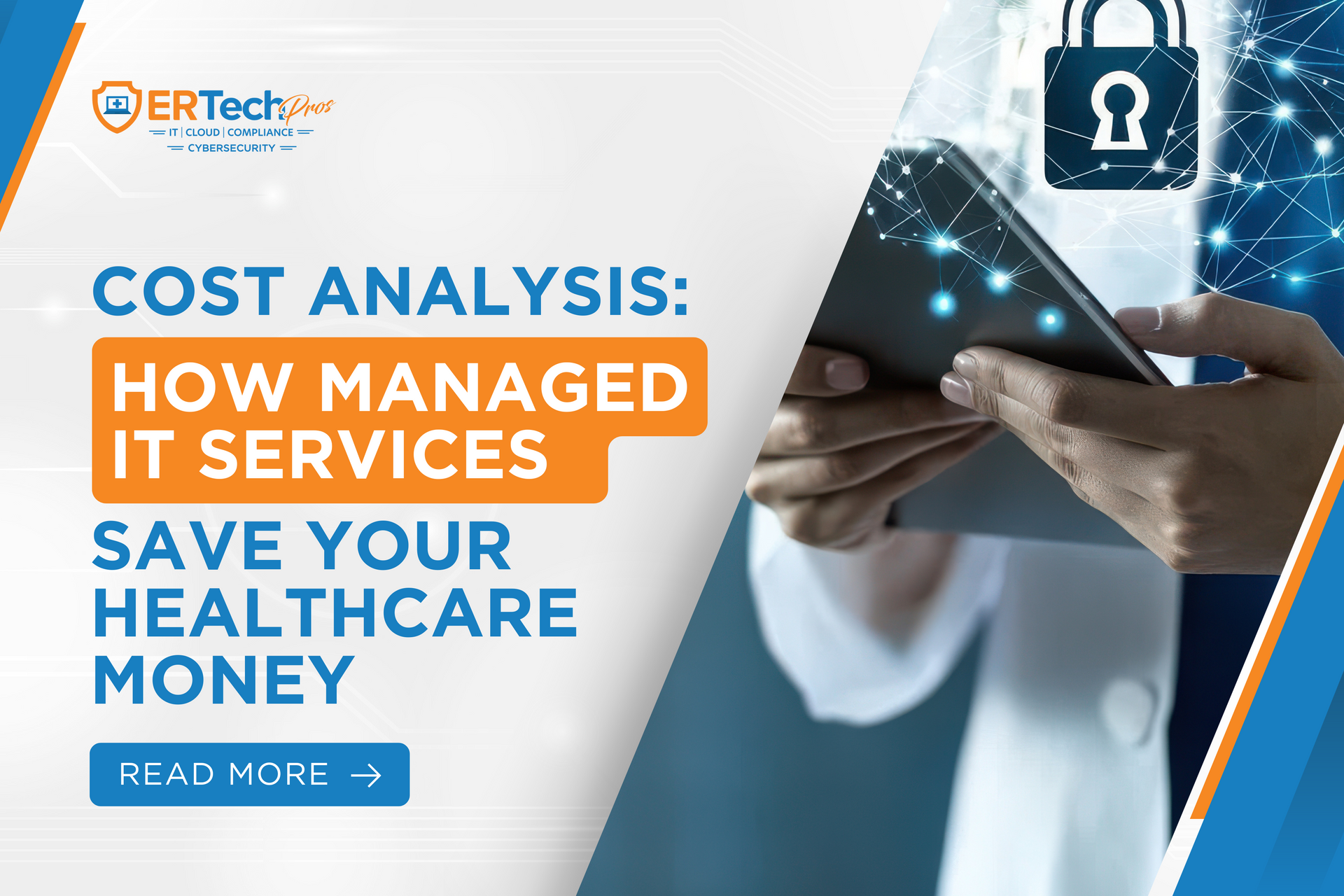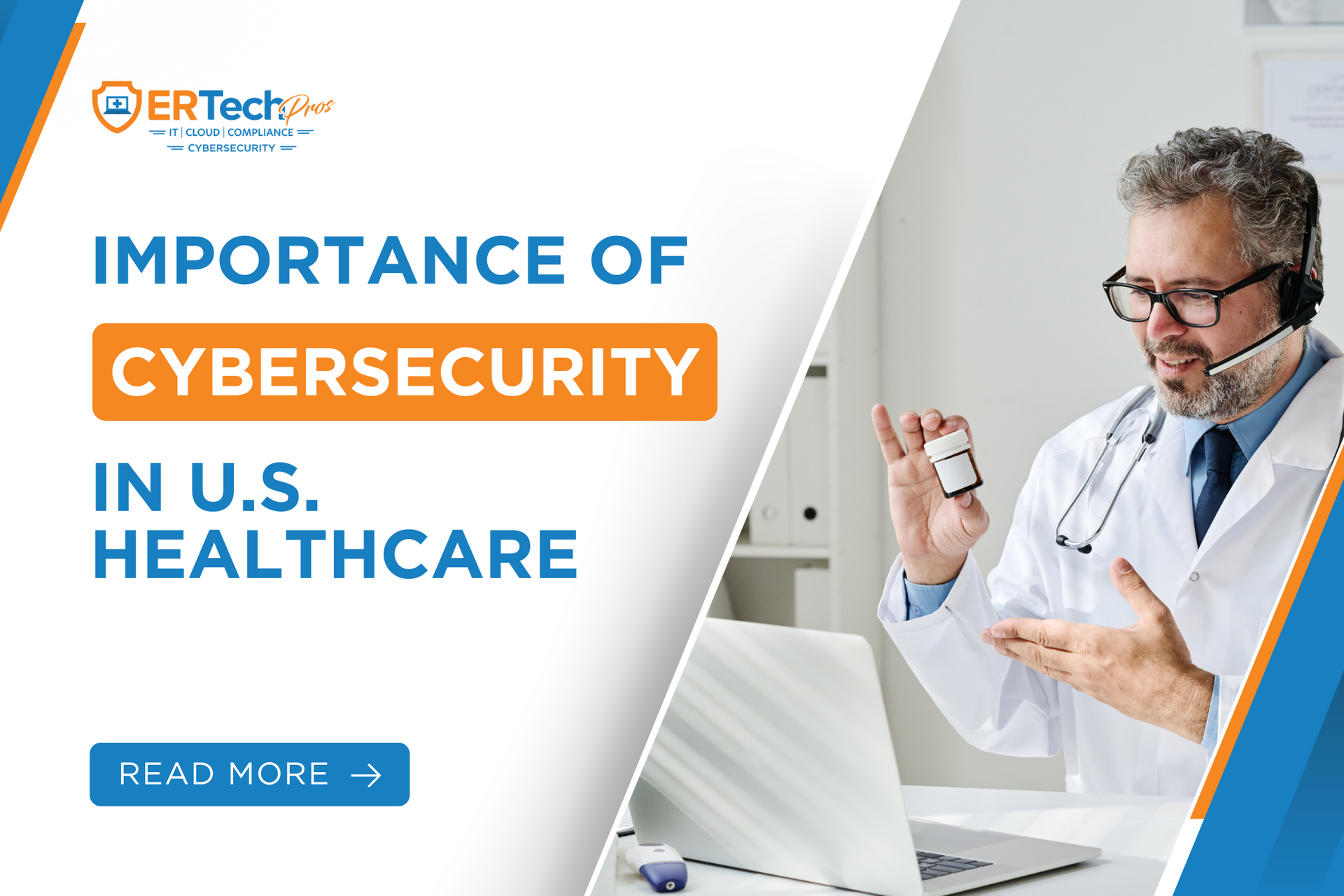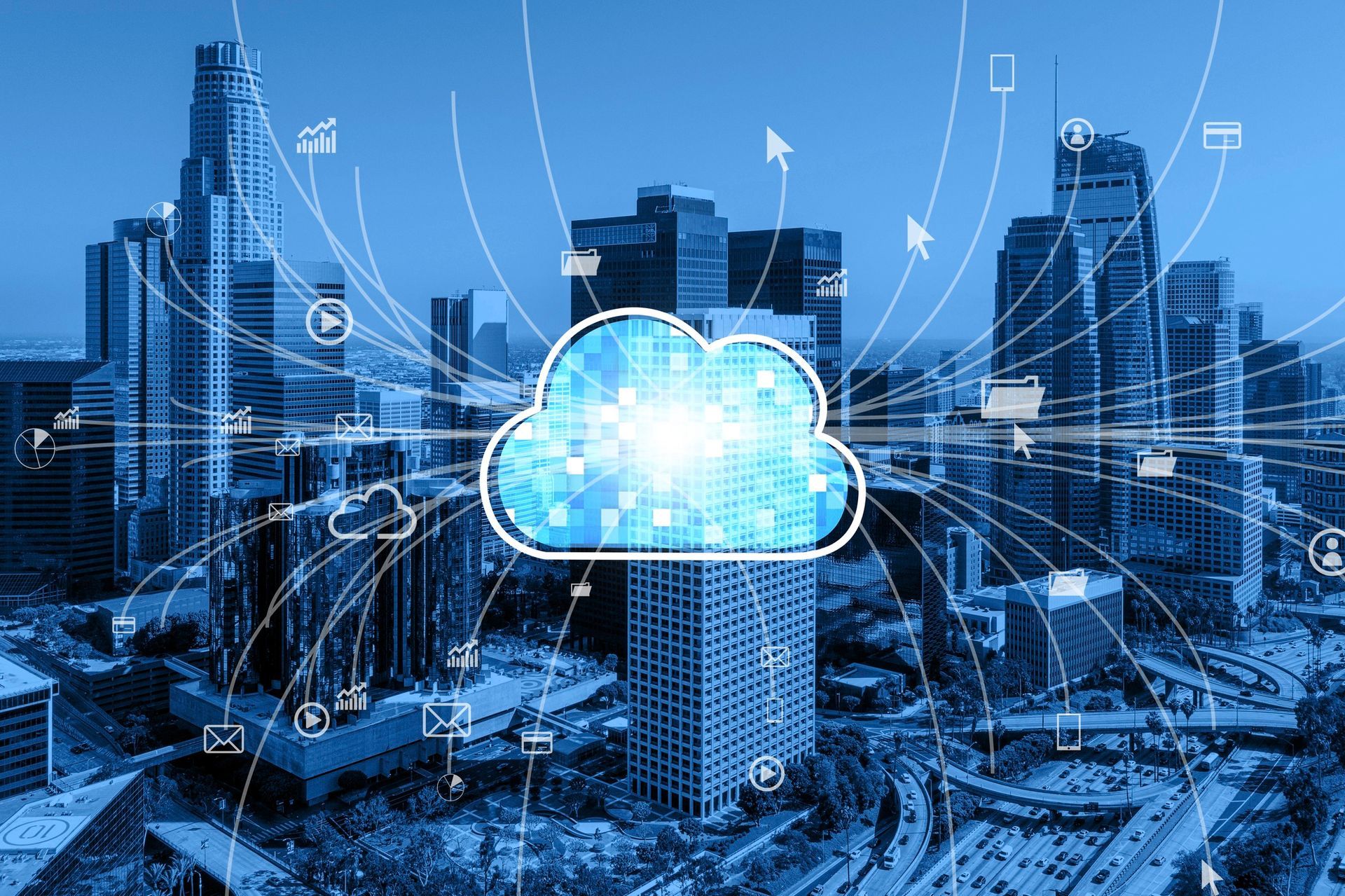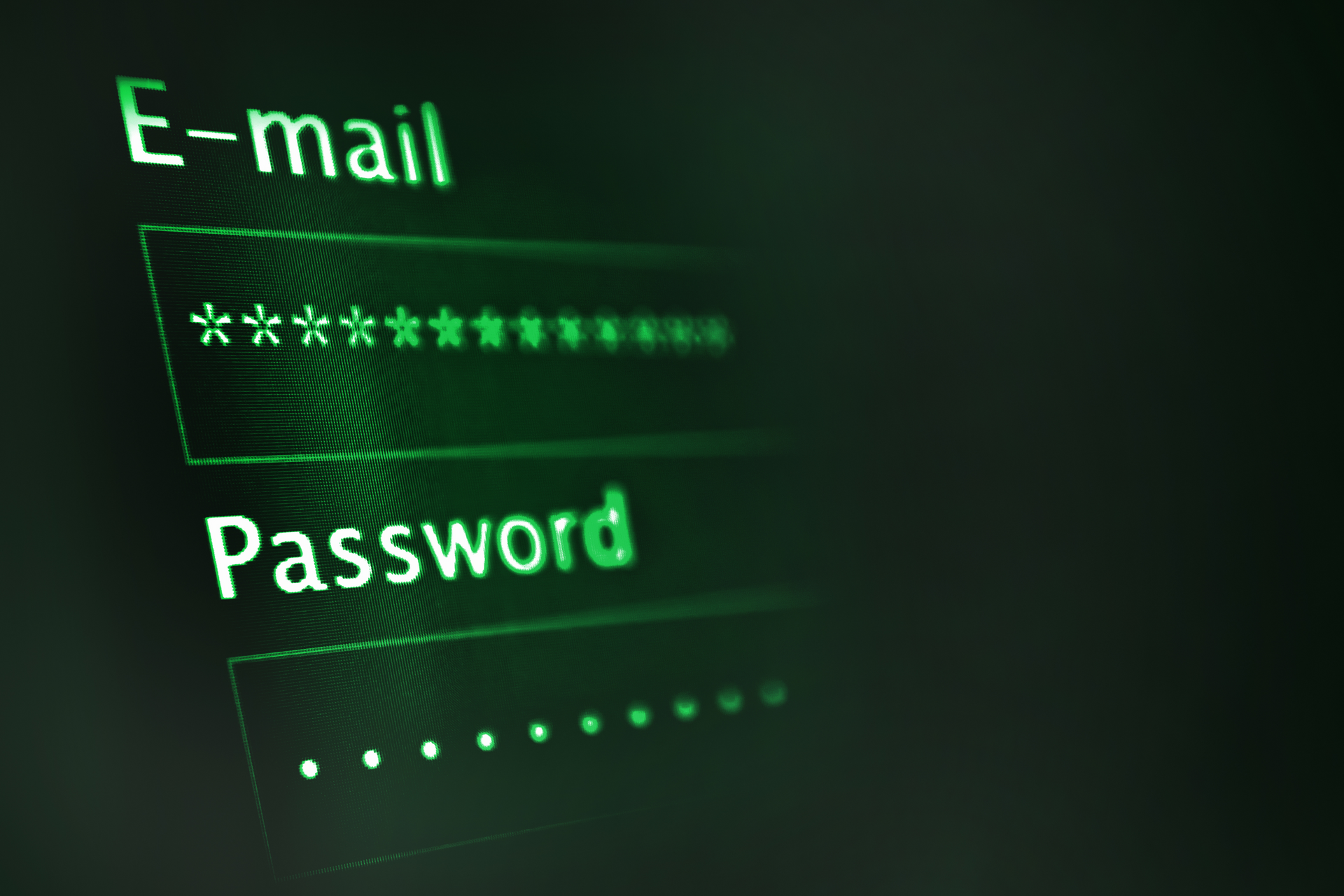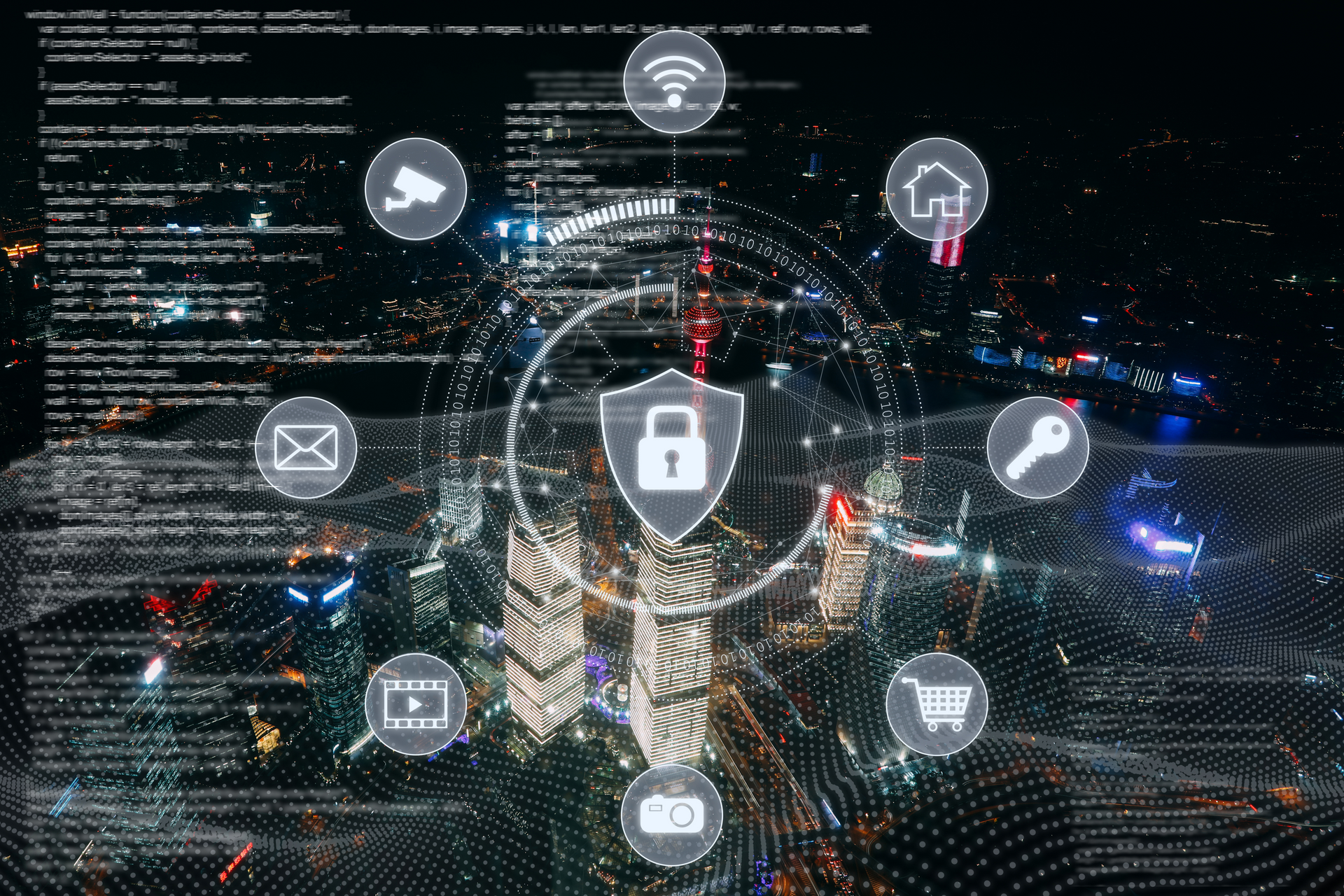Cyberattacks are more advanced and prevalent than ever. In the past year alone, AI-powered cyberattacks have increased 300%, and healthcare organizations are often the prime target.
Every day, cybercriminals are getting more creative. There are AI-driven network breaches, convincing deepfake phishing schemes, and crippling ransomware attacks that can bring entire healthcare systems to a standstill.
Fortunately, you can equip your organization with the right tools and support to deflect even the newest form of cyberattack. That’s what we do at ER Tech Pros—our
IT security management services help countless healthcare organizations stay steps ahead of cybercriminals with our robust, future-proof security services.
Level Up Your IT Defenses Today
Let us lend a hand, understand your needs, and bring you the security and success you deserve through these six essential IT solutions that every business needs to have in 2025.
1. Strengthening Password Policies
As you might expect, the first line of defense is simple—strong passwords.
The Problem with Weak Passwords
- Reused passwords are a gold mine for cybercriminals.
- Short or predictable passwords (such as “123456” or “password”) are very easy to crack.
- Employees often forget complex passwords, leading to risky practices like writing them down.
Best Password Practices for 2025
How do you make a strong password? Here’s a three-part formula for making unbreakable passwords:
- Minimum of 16 Characters: Each additional character exponentially increases security.
- A Unique Password for Every Account: No password recycling, no matter how tempting.
- Regular Updates: Only when necessary. The old “every 90 days” rule actually led to weak password variations.
The Power of Password Managers
When managing dozens (or hundreds) of unique, strong passwords feels overwhelming, that’s where password managers come in. These tools enable:
- Automatic generation of strong, unique passwords.
- Secure sharing capabilities for team access.
- Role-based access control for different staff levels.
- Audit trails for compliance requirements.
- Emergency access protocols for critical situations.
2. MFA Cyber Security
Any password can be cracked, so let’s add an extra layer of security: multi-factor authentication (MFA).
MFA Best Practices
MFA solutions are a security process that requires more than just a username and password to access an account. They rely on three distinct types of verification:
By adding these extra layers, MFA methods ensure that unauthorized access gets blocked even if a password is compromised.
Microsoft stated that MFA blocks 99.9% of automated attacks. When you consider that a single
healthcare data breach costs an average of $9.8 million to remediate, MFA becomes not just a security measure but a necessity.
3. Endpoint Protection Solutions
As more businesses adopt remote work and Bring Your Own Device (BYOD) policies, endpoints—like laptops, smartphones, and tablets—have become the new front lines in cybersecurity.
Why Endpoint Protection Is Essential
When employees access data from multiple devices, this would also mean that cybercriminals have more opportunities to strike, making users vulnerable to:
- Malware that spreads across devices.
- Phishing that targets employees working remotely.
- Unsecured networks that expose sensitive data.
Key Features of Endpoint Protection
To
safeguard your endpoints, look for solutions that include:
4. Secure Cloud Storage and Backup Solutions
Cloud storage allows healthcare organizations to store and access data over the internet instead of local computer drives.
Choosing the Right Cloud Platform
To make the most of cloud storage while staying secure, prioritize platforms with:
- End-to-End Encryption: This ensures data is protected in transit and at rest.
- Granular Access Controls: These help you restrict access based on roles and responsibilities.
- Audit Logs: It’s crucial to monitor who accesses files and when for added transparency.
- Multi-Factor Authentication (MFA): Adding an extra layer of security to cloud accounts is a must.
Implement a Robust Backup Strategy
Healthcare organizations can't afford to lose patient data or face extended system downtime. A comprehensive backup strategy includes:
- The 3-2-1 Backup Rule
- Keep three (3) copies of important data.
- Store backups on two (2) different types of media.
- Keep one (1) backup offsite or in a separate cloud service.
- Automated Backup Schedules
- Make frequent incremental backups throughout the day.
- Perform full system backups during off-peak hours.
- Regularly test backup restoration processes.
- Ransomware Protection - Modern backup solutions include specific features, such as:
- Immutable backups that cannot be modified once created.
- Air-gapped backup copies disconnected from the main network.
- Rapid recovery systems to minimize downtime.
5. Network Security Tools
Network security tools form the foundation of your organization’s digital defense strategy, providing ongoing protection of your sensitive healthcare data.
Essential Network Security Tools
To reinforce your network defense, integrate these tools into your cybersecurity strategy:
- Firewalls:
These tools act as the first line of defense, blocking unauthorized access while permitting legitimate traffic.
- Virtual private networks (VPNs):
They securely encrypt data transmitted between users and your network, which is especially important for remote employees.
- Intrusion Detection and Prevention System (IDS/IPS): These systems monitor network traffic for unusual activity and block potential threats before they escalate.
Don’t Skip Updates and Patching
Even the best tools can’t protect your network if they’re outdated. Frequently updating your software and applying security patches is critical to:
- Fixing Vulnerabilities: Cybercriminals often exploit known software weaknesses.
- Enhancing Performance: Updates can improve the efficiency of your security tools.
- Staying Compliant: Many industries require up-to-date systems to meet regulatory standards.
6. Cybersecurity Awareness
Even with the best tools, a single human error can compromise the most advanced security technology.
Data breach statistics indicate that
human error accounts for 82% of incidents, as cybercriminals often find it easier to exploit than technical vulnerabilities. Common risks include:
Give your team the knowledge and skills to identify and respond to threats. When employees are empowered with cybersecurity knowledge, they serve as frontliners in your defense strategy by:
- Preventing Attacks: Employees well-trained in cybersecurity can identify and report threats before they escalate.
- Protecting Data: Keeping sensitive information, devices, and networks secure is a top priority for employees.
- Promoting a Security-First Culture: This standard encourages vigilance and proactive cybersecurity measures across the organization.
Cyberattacks happen all the time, so cybersecurity training shouldn’t be a one-time event either. Schedule regular refreshers and updates to inform your team about the latest threats and trends.
Securing Your Future:
The Time for Action Is Now
In 2025, cybersecurity isn’t just about preventing attacks—it’s about ensuring business continuity, maintaining patient trust, and protecting sensitive information that flows through your organization every day.
Here at ER Tech Pros, we go beyond basic
IT management services and deliver peace of mind so you can run your business without worrying about cybercriminals trying to steal your data. We are here to:
- Understand your needs and challenges better.
- Create customized security solutions.
- Provide ongoing support and monitoring.
- Ensure compliance with healthcare regulations.
- Deliver regular updates and security assessments.
Contact ER Tech Pros today and discover how we can help you build a fortress that protects your data, empowers your team, and ensures a worry-free 2025 and beyond.
Create Your Cybersecurity Game Plan



